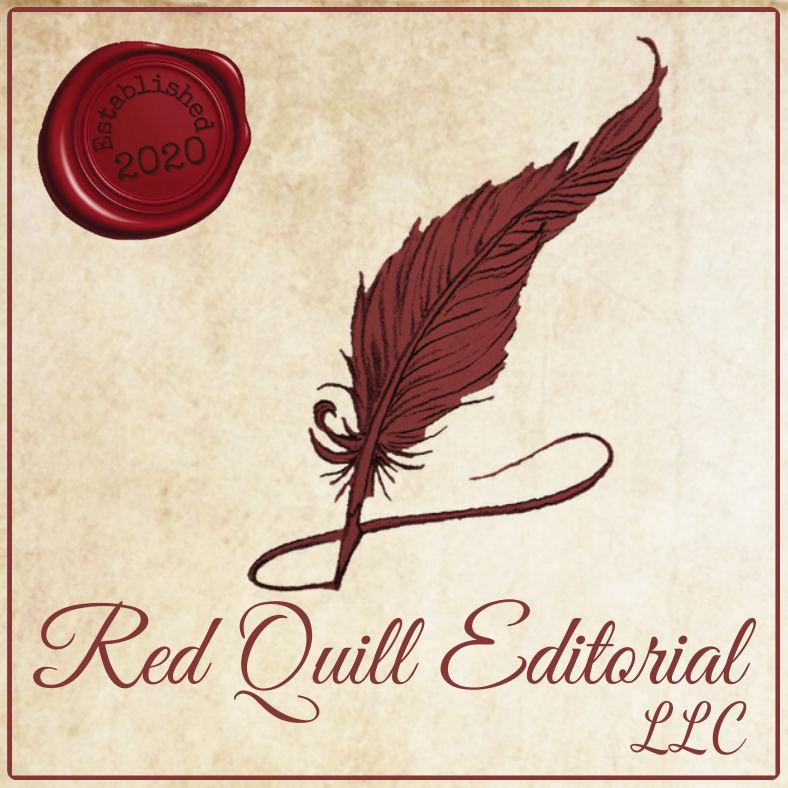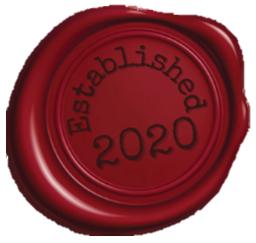Front Matter
Are you ready to get started creating your very own emergency binder? I will dig more in-depth on each individual item later on, but for now, we’re going to just dip our toes in the water with some of the easier, maybe even fun, parts of creating an emergency binder (or am I the only one who enjoys getting organized?). Today, we’ll discuss the cover page, important contacts, table of contents, and what documents to include in the front interior pocket of your emergency binder.
Cover Page
First, you can create a cover page for your binder if it has an exterior front pocket. Since my family’s last name is Summit, mine says “Summit Family Emergency Binder.” I’ve typed it up in large, pretty font, but also made sure it was easy to read. Remember, if this binder is needed in an emergency, the person searching for it will likely be in an upset state and not thinking clearly. Make this as easy to spot as possible. Decorate it however you see fit, or keep it plain and simple.

Important Contacts / Table of Contents
This will assist whoever is searching for a phone number or an important document in an emergency. They will be able to tell at a glance what is inside and where to find it.
At the top of this page, I have listed a few important contacts and who they are. Here’s an example (names and phone numbers have been changed for privacy):

Below the important contacts, I used the same page to create the table of contents. I have mine categorized and broken down by the tab they are located under, as well as what is located in the front interior pocket. Here’s a screenshot:


Front Pocket
Let’s move on to gathering the documents that you need for the front pocket (alternatively, you could also make this an added tab section and put the documents in sheet protectors). Here’s the documents I chose to include in mine:
- marriage license (or any similar document)
- This may be required to change your name, add a spouse to your benefits, gain immigration benefits, file joint taxes, or to apply for a home loan.
- social security cards
- You may need this to get a job, collect social security benefits, or to apply for government benefits.
- certified copies of birth certificates
- If you only have unofficial copies, it would be wise to obtain certified copies to keep in here. You may need them to apply for a passport or government benefits, enroll in school, join the military, or claim pension or insurance benefits. You can purchase them through the county where you, your spouse, or your children were born. If you live far away or don’t have the time to go in person, you should be able to order them online through the county’s website, but keep in mind that often there is an added processing fee for this.
- immunization records
- The emphasis here would be more on your children’s records, since they are the ones still obtaining all the immunizations that most adults have already gotten. Some states require immunization records for child care, school attendance, summer camp, or to join an athletic team.
- vehicle titles
- As part of your assets, it would be good to know exactly where these are.
Another document to consider in the front pocket, which I did not mention above, and only if it applies to your family, is a death certificate. This will be needed in the event of removing that person from any official documents, removing them from bank accounts, or to claim benefits.
You’re all set to start gathering important documents for your binder and creating a contact list. I hope you are enjoying this process so far and finding it as simple as it can be.
Next Time…
…we will create an Evacuation List. See you then!


